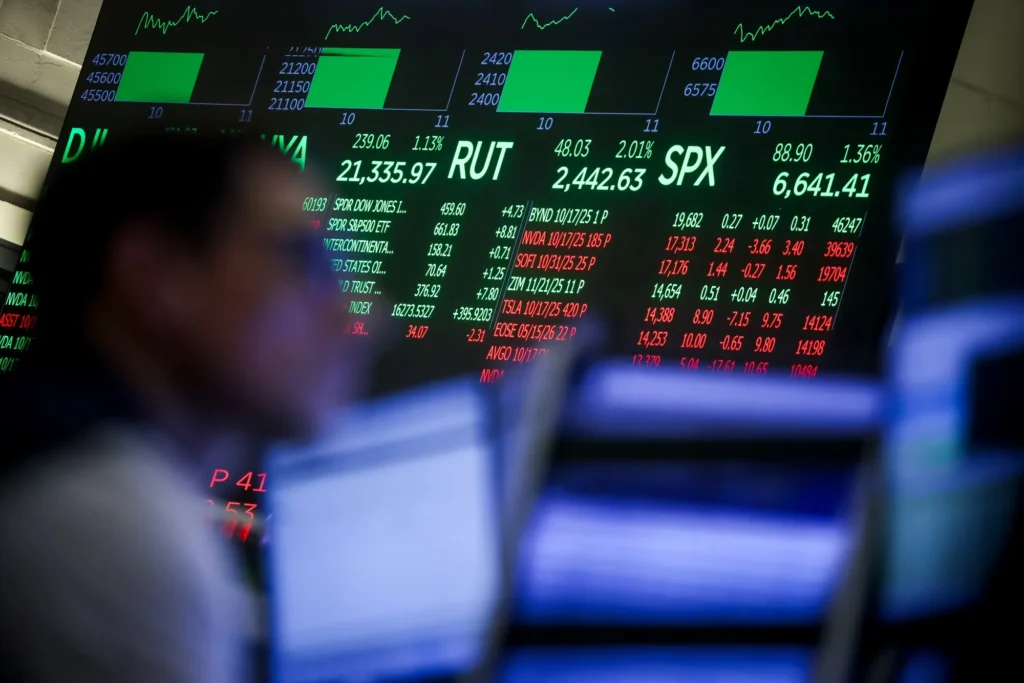In a twist that may surprise many investors, short sellers—traditionally viewed as the bearish force in markets—are playing a major role in driving recent equity gains. This month, a basket of heavily shorted stocks has surged 16%, vastly outpacing the S&P 500’s modest 0.7% advance, highlighting the unexpected dynamics at play in today’s markets.
The Mechanics Behind Short Squeezes
Short selling involves borrowing shares to sell them at the current price, with the aim of buying them back later at a lower price. While short sellers bet against a company’s performance, they can inadvertently create market volatility that sparks rallies when conditions shift.
When shorted stocks start climbing unexpectedly, short sellers must cover their positions by purchasing shares to limit losses. This “short squeeze” pushes prices even higher, creating a feedback loop of buying pressure.
This month, several heavily shorted names—spanning tech, biotech, and consumer discretionary sectors—have experienced rapid upward moves, forcing short sellers to exit positions and further propelling the rally.
Data Shows Heavy Short Interest Is Rewarding Bulls
Recent data from market analytics firms reveals:
| Metric | This Month | S&P 500 |
|---|---|---|
| Basket of most-shorted stocks | +16% | +0.7% |
| Average short interest in basket | 25–40% of float | N/A |
| Number of stocks with >20% short interest gaining >10% | 12 | 2 |
The magnitude of this rebound highlights that short sellers are not always the enemy of markets—their positions can create conditions for outsized gains when sentiment shifts.
Why Short Squeezes Are Happening Now
Several factors are contributing to the phenomenon:
- Positive Earnings Surprises – Companies previously discounted by short sellers have posted better-than-expected earnings or guidance, triggering rapid upward price movements.
- Market Liquidity and Retail Participation – Retail traders, leveraging social media and trading apps, often identify and amplify short squeezes, accelerating stock gains.
- Macro Optimism – Easing inflation data, a stable interest rate environment, and signs of economic resilience have reduced bearish bets, forcing short sellers to reconsider positions.
- Algorithmic Trading – Quantitative funds detect short-covering opportunities, magnifying the speed and intensity of rallies.
The combination of these factors has created a perfect storm for heavily shorted stocks to outperform broader market indices.
Implications for Investors
While short squeezes can offer quick profits, they also carry risks:
- Volatility Risk – Rapid surges can reverse just as quickly, leaving latecomers exposed to steep losses.
- Liquidity Traps – Stocks with high short interest but low trading volumes may experience wild price swings, making it difficult to exit positions.
- Mispricing Risk – Gains driven by forced short-covering may decouple prices from fundamentals, creating bubbles in individual stocks.
Despite these risks, the current environment demonstrates that market structure and investor behavior can sometimes outweigh traditional valuation logic, at least temporarily.
Broader Market Effects
The surge in heavily shorted stocks also affects the broader equity market:
- Positive Sentiment Spillover – Gains in shorted names often lift investor confidence, encouraging risk-taking in other sectors.
- Increased Trading Volume – High activity in shorted stocks generates liquidity and reduces bid-ask spreads, benefiting all market participants.
- Pressure on Institutional Investors – Hedge funds with large short positions may face margin calls, potentially prompting broader portfolio adjustments.
Some strategists argue that these dynamics may partially explain why the market continues to bounce back despite economic uncertainty and elevated valuations.
Notable Examples
Recent standouts include:
- Tech Stock A – Short interest of 35%, up 18% this month
- Biotech Stock B – Short interest of 40%, surged 22% after positive FDA announcement
- Consumer Company C – Short interest of 28%, rallied 15% following earnings beat
These examples underscore the dual nature of short selling: while intended to profit from declines, it can also catalyze unexpected rallies when fundamentals or sentiment shift.
Lessons for Market Participants
Investors and traders can glean several takeaways:
- Monitor Short Interest – High short interest can indicate potential volatility but also upside opportunities.
- Be Wary of Herd Behavior – Social media and momentum trading can inflate rallies beyond fundamental value.
- Diversify Exposure – Short squeezes can be lucrative, but concentrated positions in shorted stocks are highly risky.
- Balance Technical and Fundamental Analysis – Understanding both the stock’s financial health and market positioning of shorts is crucial.
Conclusion
The recent 16% surge in heavily shorted stocks highlights an ironic reality: short sellers, often blamed for market declines, can inadvertently fuel sharp rallies. In a market environment marked by mixed economic signals, rising retail participation, and algorithmic trading, short-covering dynamics have become a key driver of unexpected equity gains.
For investors, understanding the interplay between short interest, market sentiment, and liquidity is essential for navigating modern equity markets—especially in sectors prone to sharp swings.
The story of short sellers turning into inadvertent market catalysts is a reminder that stock markets are shaped as much by psychology and positioning as by fundamentals.



